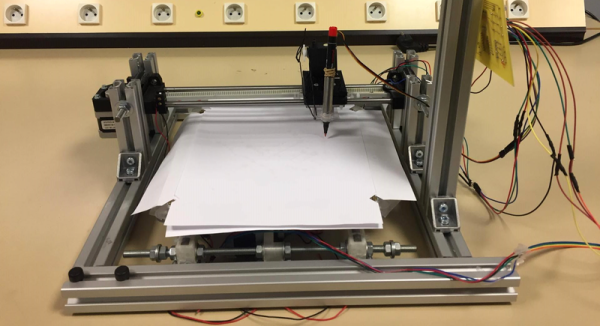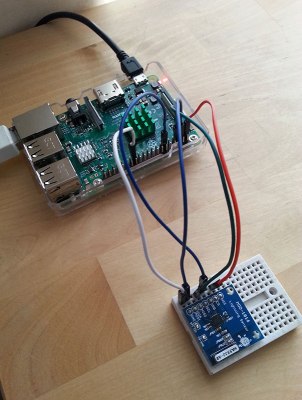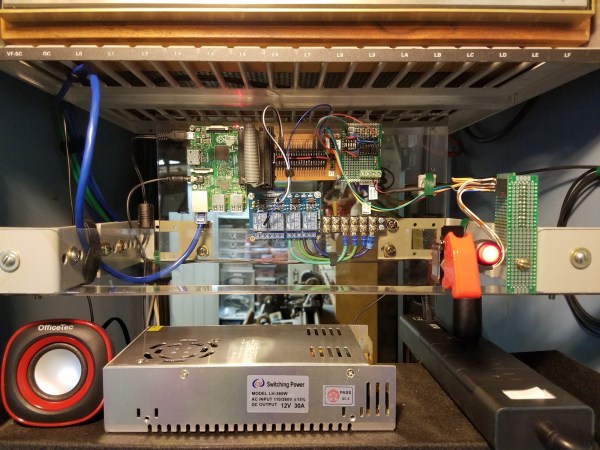Sudoku is a great way to pass some time, especially on a long flight. However, we don’t think the airlines will let [Sanahm] board with his sudoku-solving robot. The basic machine looks like a 2D plotter made with aluminum extrusion, with the addition of a Raspberry Pi and a camera. The machine can read a sudoku puzzle, solve it, and then fill in the puzzle with a pen. Unlike humans, it should never need to erase its work.
The software uses OpenCV to process the camera data, find the grid, and the cells provided by the puzzle. TensorFlow recognizes the numbers. From there, it is all just math to solve the puzzle. Once solved, the plotter part of the robot takes over and fills in the blanks. After all that, this seems like the easy part.



















